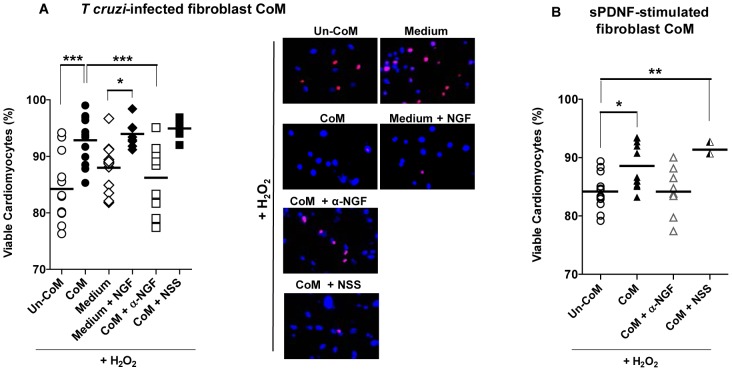Figure 8. Conditioned media from T cruzi-infected or sPDNF-stimulated cardiac fibroblasts protect cardiomyocytes against oxidative stress.
A) Conditioned media produced by T cruzi infection of cardiac fibroblasts confer protection of cardiomyocytes against H2O2-induced death in an NGF-dependent manner. Primary cultures of cardiomyocytes were exposed to 150 µM H2O2 for 4 h following preincubation with unconditioned medium from control fibroblast cultures (Un-CoM) or conditioned medium obtained by infecting cardiac fibroblasts with T cruzi (2×105/mL, 24 h) (CoM). Cardiomyocytes were also placed in medium unexposed to cells, with or without 50 ng/mL NGF. Lastly, CoM was mixed with an α-NGF-blocking sheep antiserum (α-NGF) or normal sheep serum (NSS). Panel on the right shows representative staining from each condition. Data are combined from three independent experiments. B) Conditioned media produced by the specific stimulation of cardiac fibroblast by sPDNF confer protection of cardiomyocytes against H2O2-induced death in an NGF-dependent manner. Cardiomyocytes were exposed to 150 µM H2O2 for 4 h following preincubation with unconditioned medium (Un-CoM) or conditioned media obtained by stimulating cardiac fibroblasts with sPDNF (50 ng/ml, 3 h) (CoM). Cardiomyocytes were also exposed in parallel to CoM preincubated with an α-NGF-blocking sheep antiserum (α-NGF) or normal sheep serum (NSS). Data are combined from three independent experiments; * p<0.05, **p<0.01 ***p<0.001.

